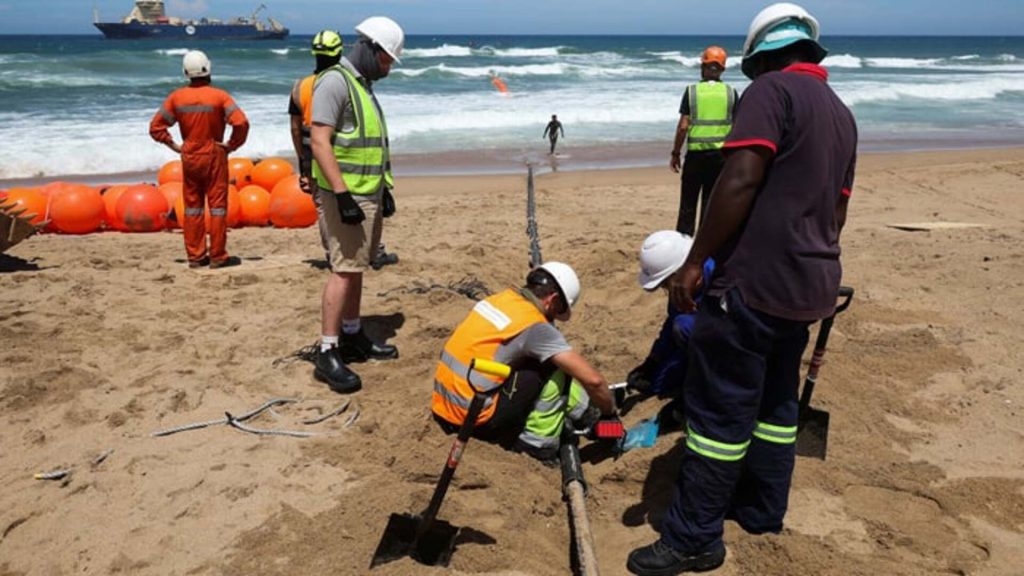It started out as strictly business: a huge private contract for one of the world’s most advanced undersea fibre-optic cables. It became a trophy in a growing competition between the United States and China over technologies that could determine who achieves economic and military dominance for decades to come.
In February, American sub-sea cable company SubCom LLC began laying a $600-million cable to transport data from Asia to Europe, via Africa and the Middle East, at super-fast speeds over 12,000 miles of fibre running along the seafloor.
That cable is known as South East Asia–Middle East–Western Europe 6 ( SeaMeWe-6). It will connect a dozen countries as it snakes its way from Singapore to France, crossing three seas and the Indian Ocean on the way. It is slated to be finished in 2025.
It was a project that slipped through China’s fingers.
A Chinese company that has quickly emerged as a force in the sub-sea cable-building industry — HMN Technologies Co Ltd — was on the brink of snagging that contract three years ago. The client for the cable was a consortium of more than a dozen global firms. Three of China’s state-owned carriers — China Telecommunications Corporation (China Telecom), China Mobile Limited and China United Network Communications Group Co Ltd (China Unicom) — had committed funding as members of the consortium, which also included US-based Microsoft and French telecom firm Orange SA, according to six people involved in the deal.
HMN Tech, whose predecessor company was majority-owned by Chinese telecom giant Huawei Technologies, was selected in early 2020 to manufacture and lay the cable, the people said, due in part to hefty subsidies from Beijing that lowered the cost. HMN Tech’s bid of $500 million was roughly a third cheaper than the initial proposal submitted to the cable consortium by New Jersey-based SubCom, the people said.
Courtesy Geo News





